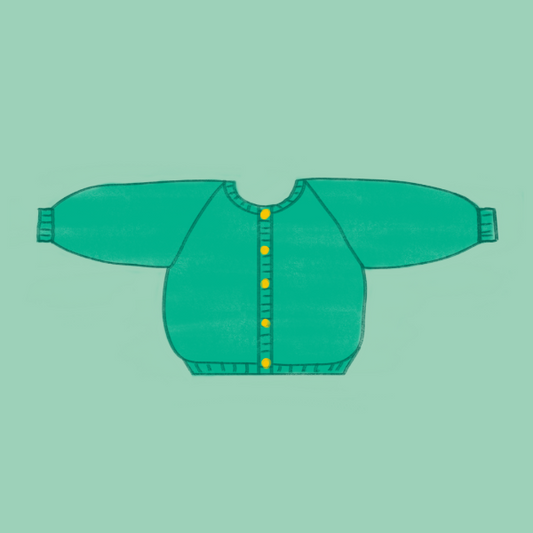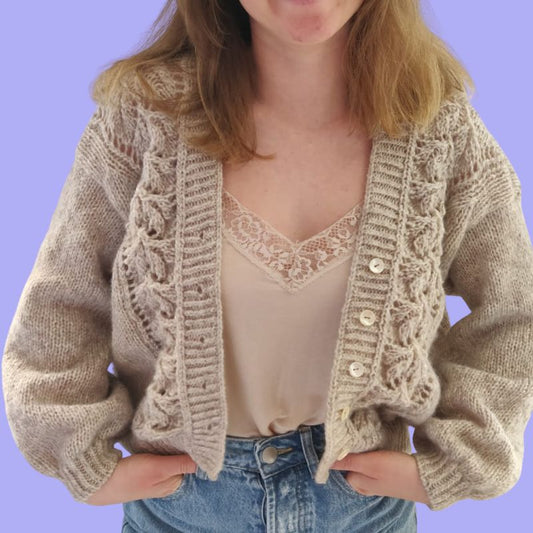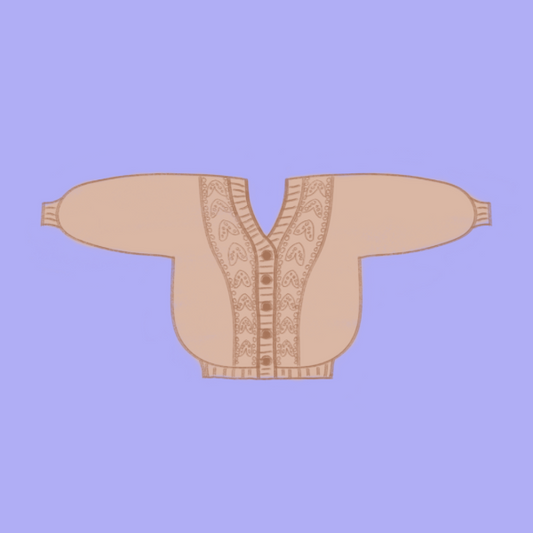How to Master Decreases in Knitting: Techniques for Beginners and Beyond
Knit SisShare
When knitting your favorite patterns, you’ll often encounter the term decrease. Whether you’re shaping the armholes of a sweater or giving a beanie its rounded top, mastering decreases is a key skill that opens the door to more advanced projects. In this guide, we’ll explore the essential techniques for creating clean, seamless decreases and provide tips to boost your confidence as you knit.
What Are Knitting Decreases?
Decreases are techniques used to reduce the number of stitches on your needles, shaping your knitting project as needed. They can slant either to the left or the right, depending on the method used. The two most common decreases are:
- Knit two together (k2tog): Produces a right-leaning decrease.
- Slip, slip, knit (ssk): Creates a left-leaning decrease.
Why Are Decreases Important in Knitting?
Decreases help shape garments and accessories by tapering areas like necklines, sleeves, and crowns of hats. Understanding these techniques allows you to customize patterns and achieve a polished finish.
Step-by-Step: The Two Most Common Decrease Techniques
1. Knit Two Together (k2tog)
A simple and fast way to create a right-slanting decrease.
- Insert your right-hand needle through the first two stitches on your left-hand needle as if to knit.
- Wrap the yarn around the right-hand needle and pull it through both stitches.
- Slip both stitches off the left-hand needle.
This method is widely used in patterns like hats and mittens for its neat, uniform appearance.
2. Slip, Slip, Knit (ssk)
This technique creates a left-slanting decrease and pairs beautifully with k2tog for symmetrical shaping.
- Slip the first stitch knitwise onto your right-hand needle.
- Repeat with the second stitch.
- Insert the left-hand needle into the front of these two stitches.
- Knit them together through the back loop.
Tips for Neat and Even Decreases
-
Practice tension: Uneven tension can cause puckering. Take your time to maintain an even gauge.
-
Pair your decreases: For balanced designs, use both k2tog and ssk when instructed.
-
Swatch first: Experiment with decreases on a small swatch to understand how they’ll look in your project.
FAQ: Common Questions About Knitting Decreases
How do I avoid holes when decreasing?
Tug gently on your working yarn after completing a decrease to tighten the stitches.
What’s the best decrease for shaping armholes?
Patterns typically alternate between k2tog and ssk for symmetry.
Can I decrease on purl rows?
Yes! Techniques like p2tog and ssp (slip, slip, purl) allow decreases on purl rows.
(Pro Tip: For smooth transitions in your project, ensure your decreases align with the pattern's design.)
Add Dimension to Your Projects with Advanced Techniques
Once you’ve mastered the basics, try experimenting with decorative decreases, such as double decreases for a more dramatic look. Patterns from Knit-Sis incorporate these advanced techniques seamlessly, allowing knitters of all levels to create vibrant, colorful pieces.
Explore Knit-Sis Patterns
Ready to put your skills to use? Explore Knit-Sis’ collection of easy-to-follow patterns that will help you practice decreases and other essential techniques. From cozy sweaters to fun accessories, we’ve got you covered.
Final Thoughts
Decreasing stitches is an essential skill that transforms flat knitting into stunning, three-dimensional creations. With practice and the right guidance, you’ll achieve professional results every time. Dive into Knit-Sis patterns and bring your newfound skills to life!
Question: What is the best way to decrease in knitting?
Answer: The two most common knitting decreases are knit two together (k2tog) for a right-leaning decrease and slip, slip, knit (ssk) for a left-leaning decrease. These methods are essential for shaping garments and creating balanced designs.












